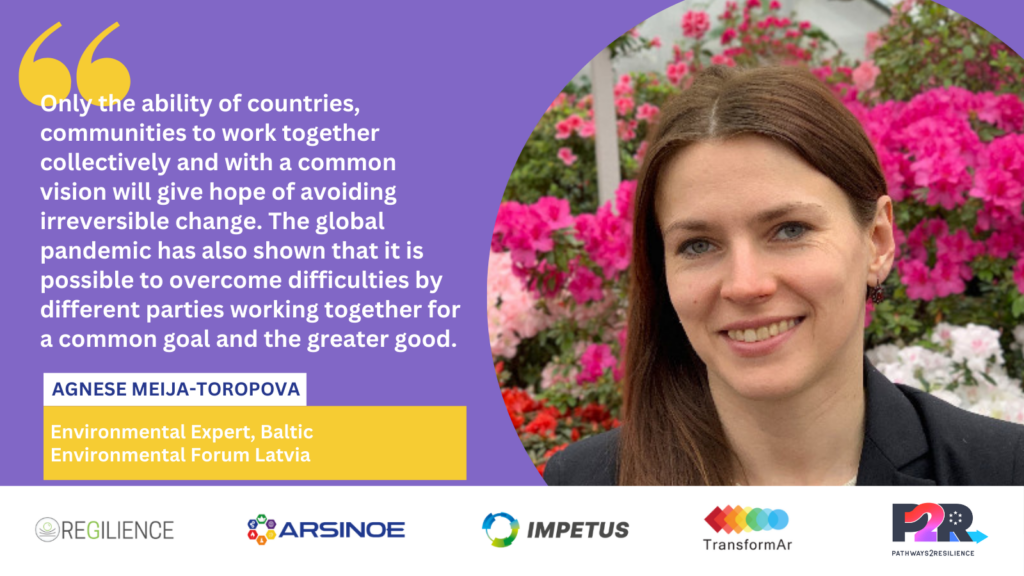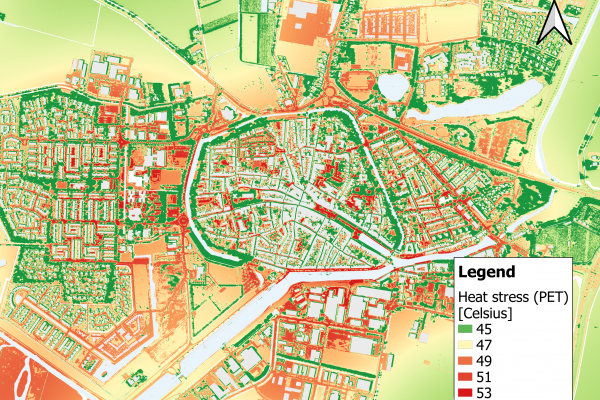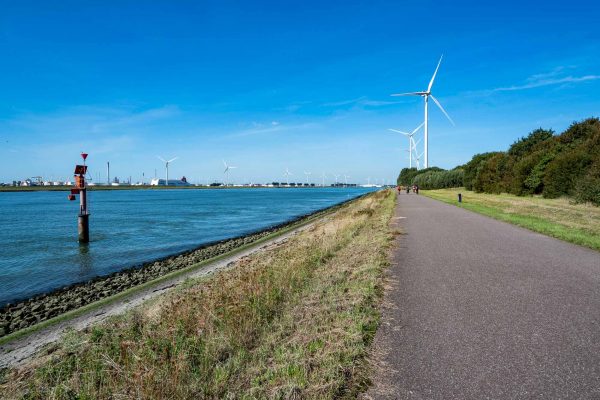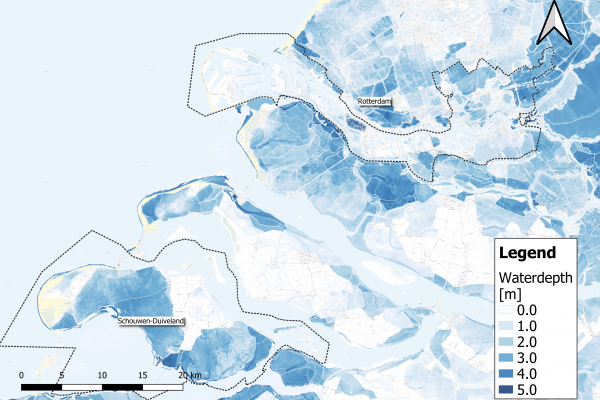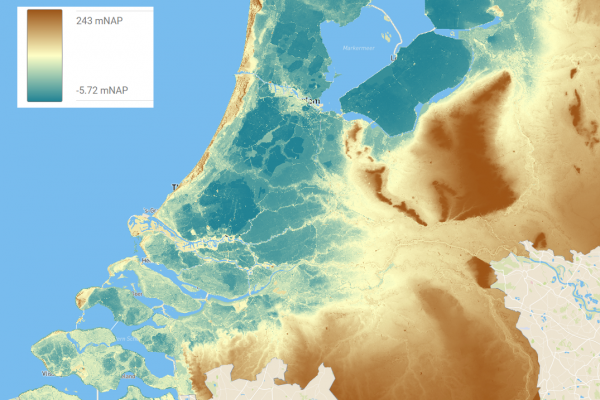The complex challenge of adapting to climate change requires collaboration between many fields of expertise and the diverse approaches of different projects. IMPETUS is working closely with sister climate change adaptation projects ARSINOE, TransformAr and REGILIENCE. Together, these involve many inspiring people whose skills and experience contribute in various ways to creating resilience and adaptation tools, solutions and initiatives.
To mark International Women’s Day – 8 March – we have been interviewing some of the impactful women in our projects. For IMPETUS, we spoke with Agnese Meija – Toropova from Baltic Environmental Forum Latvia working in the Boreal demosite (below) and Mountains demo site leader – Valentina D’Alonzo, a senior researcher at Eurac Research’s Institute for Renewable Energy (next article)
Agense, how does your expertise in Environmental Science inform and translate into your work as part of the IMPETUS project?
I studied environmental protection and climate change has always been a topic of interest for me. At the beginning of environmental science studies, we watched the film “The Day After Tomorrow” together with our fellow students, which made us think a lot about future scenarios regarding climate. At the time, this presented vision of future seemed impossible and terrifying, but as the years go by, you realize that we are little by little moving in this direction.
I am an environmental expert in the Impetus project, and my knowledge is very useful when discussing adaptation options and future directions in agriculture, forestry, public and private sectors with experts from different fields. BEF coordinates the involvement of different experts in project activities, and we act as mediators and facilitators between local authorities, experts, and project partners.
What made you want to get involved in this field?
I am very concerned about these issues, both professionally and personally – I want to see stable and resilient winters, a climate that does not change so rapidly, and less extreme weather events that are very damaging to people. Climate problems are becoming more acute as the years go by-, and sooner or later we will have to adapt and find solutions in different areas. It is therefore necessary to work together with local authorities and international experts to find the best possible solutions. Climate issues need to be kept up to date both within local communities and internationally, as they are often not the first priority in many areas.
Did you have enough support during your career? Which obstacles did you have to overcome?
There has been enough support from colleagues in my organization, as well as from my family and other organizations and institutions involved in the field. What is lacking in terms of overcoming obstacles is the active participation of the public and also the interest in the business community – e.g. farmers – in environmental issues, which could be higher.
How have your studies contributed to the research on climate change and how does your field of expertise complement other disciplines in the projects you are now working in?
My work mostly involves solving pollution issues, but climate change and pollution go hand in hand, they are very related fields. When developing a climate adaptation plan for a region, different aspects are relevant, including pollution, hazardous substances in the environment, pesticide use, because climate change also affects these aspects.
What do you like most about your job? What is one of your most memorable experiences?
Our organization is working with various environmental projects, and the topics range from climate issues, plastic and chemical pollution to public information campaigns. I like the different challenges in the projects because the projects are so different and each one has its own nature, challenges as well as certain goals to achieve. It is always very interesting to listen to discussions of experts in different fields, the clash of opinions and trying to find a common denominator so that everyone’s interests are satisfied.
Is there an imbalance between women and men in your professional field? If so, why do you think that is?
It depends very much on the field you work in. When working with different target groups, it is evident that there are more women or men in one or the other. In our country, however, environmental organizations are more female-dominated (for example, our organization), probably because women are more concerned about these issues. In municipalities, however, there is a greater balance. In technical areas, of course, male employees are prevalent.
Taking into account your field of expertise, what would you say is Europe’s biggest challenge now regarding our ability to adapt to climate change?
The challenges are manifold, such as balancing production intensity with emissions and particularly CO2 emissions, finding common ground with the countries that emit the most and therefore “warm” the climate the most. The biggest challenge is probably the balance between comfort we are used to in our everyday lives and environmental protection.
What makes you most hopeful for the future?
It is indeed difficult to find a ray of hope at this time, both in the military conflicts nearby that are contributing to environmental degradation and in the increasing climate change, but nations must work together and be tougher on those who do not live up to their commitments. Only the ability of countries, communities to work together collectively and with a common vision will give hope of avoiding irreversible change. The global pandemic has also shown that it is possible to overcome difficulties by different parties working together for a common goal and the greater good.
What advice would you give young women who want to work in climate adaptation?
Be active, assertive, strong and persistent in standing up for your goals and values and do not give in to pressure or influence from others. Women have great power, and they need to be aware of this; we have a great potential to promote positive change, to reconcile conflicting sides with a smile.
